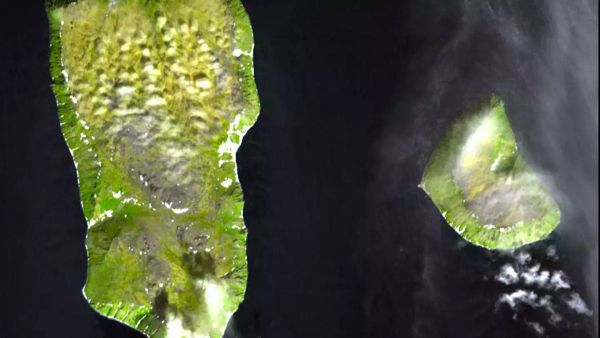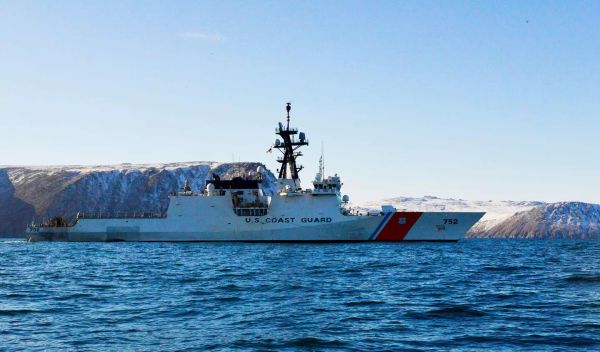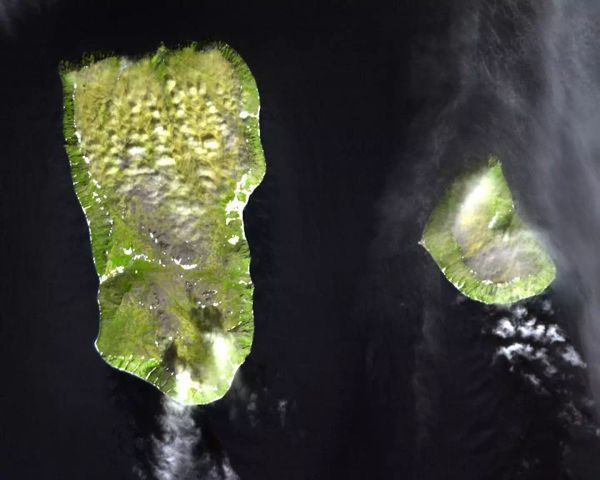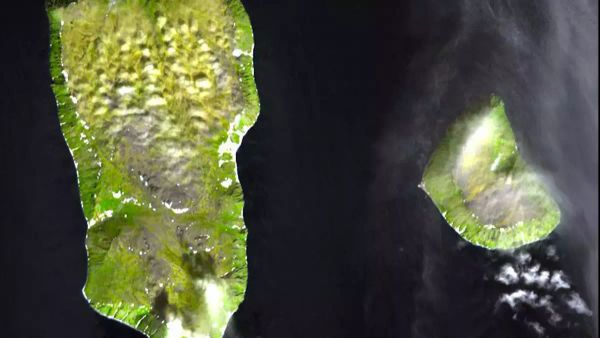Have you ever wondered if it’s possible to travel through time? While time travel might not be within our reach just yet, a visit to the remote islands of Big and Little Diomede is the next best thing. These islands, located in the Bering Strait between Siberia and Alaska, are only a short distance apart but have remarkably different time zones.

The gap between Big and Little Diomede measures just three miles (4.8km), which would only take around 20 minutes to walk if walking on water was a possibility. However, what sets these islands apart is their time difference. They are not just separated by a stretch of sea, but also by the International Date Line, resulting in a significant time zone difference of 20-21 hours throughout the year.

The International Date Line is an abstract line that traces a jagged path through the Pacific Ocean, marking the boundary between one day and the next. So, when you travel between Big and Little Diomede, you’ll actually skip ahead or go back by a full day, despite the short journey.

During the winter months in the Northern Hemisphere, when the sea freezes over, it’s almost possible to walk between the two islands. At other times of the year, it might be tempting to swim or row from one day into another, but let’s not forget that crossing the border without the proper permissions is illegal – and not to mention, the United States and Russia probably aren’t the friendliest of borders.

It’s worth noting that while Little Diomede is inhabited by approximately 110 people, Big Diomede is practically uninhabited. So, unless you have a valid reason to cross the border, it’s unlikely you’ll ever get the chance to visit.
The islands are named after the Greek Saint Diomede, who lived in the third and fourth centuries. They were discovered by Danish-Russian navigator Vitus Bering on August 16, 1728. Interestingly, this date coincides with the day celebrated in the Russian Orthodox Christian calendar as Saint Diomede’s day.

While most of us may never have the opportunity to make this journey, it’s fascinating to know that this anomaly exists. The brave and endurance-driven American swimmer Lynne Cox accomplished the feat of crossing the two islands in August 1987, swimming through the icy waters. However, for the rest of us, it might be best to appreciate the uniqueness of this situation from a safe distance.






